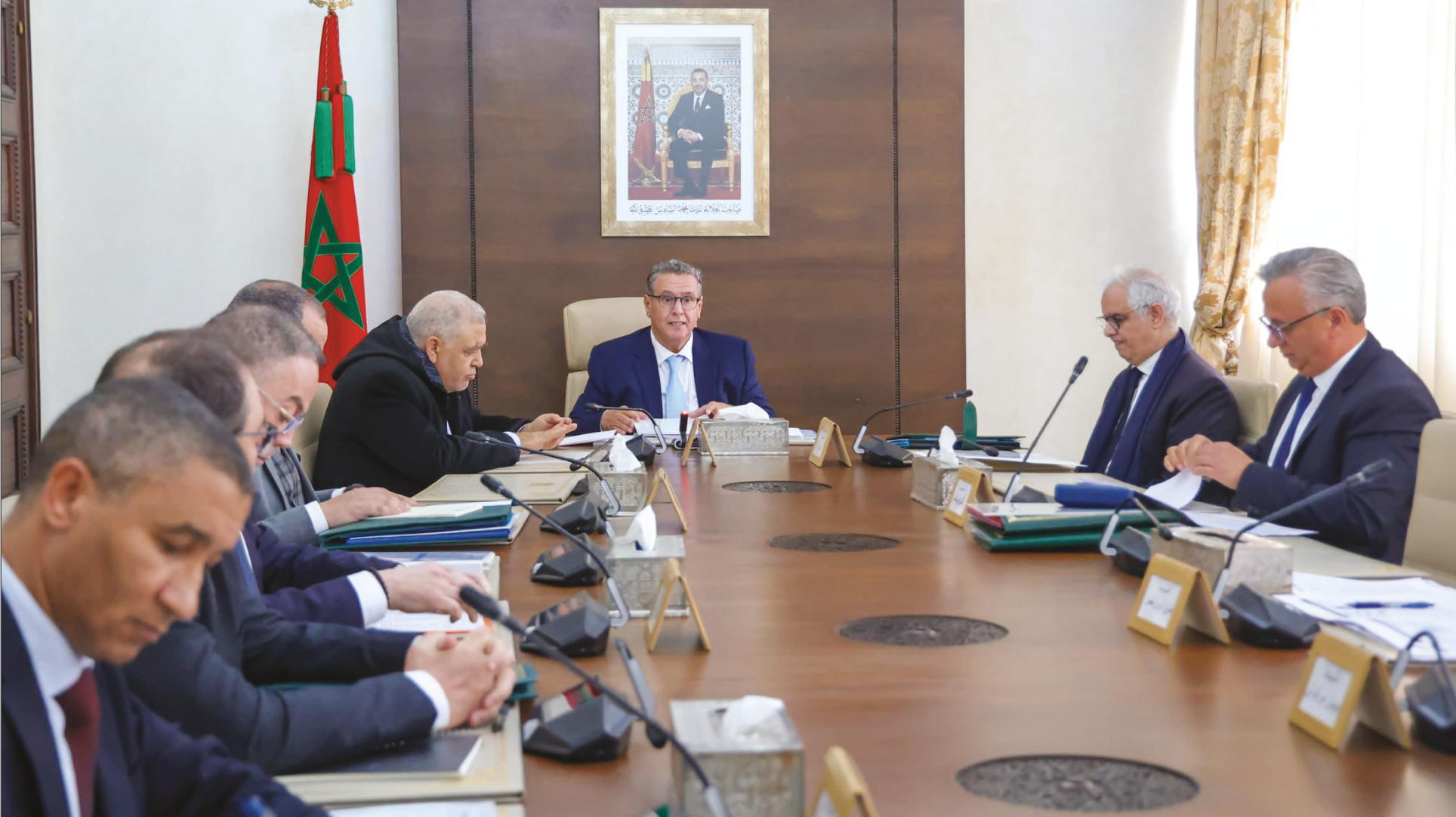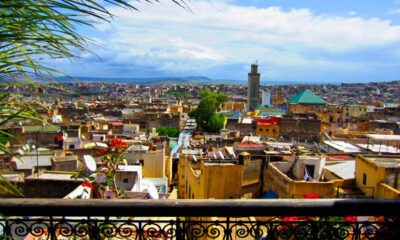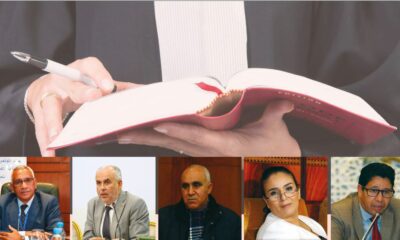Kingdom
Green Hydrogen: The Challenges of a Launch-Phase Ecosystem
The identity of the first selected investors is no coincidence. The nature of the proposed projects is equally significant. Morocco is strategically positioning its pieces in a sector poised to redraw the global energy map in the years to come.

Nearly a year to the day after the publication of the circular from the Head of Government, the first list of investors in green hydrogen has just been announced. These are six operators behind five projects, in addition to the two projects already presented during President Macron’s visit to Morocco in October of last year.
Unsurprisingly, other projects remain under review, as the Morocco Offer has so far attracted interest from around forty potential investors. This marks a crucial phase—the launch of a new industry requiring the establishment of an entire ecosystem, spanning infrastructure, networks, storage, hydrogen pipelines, ports, desalination plants, as well as technology, electrolyzers, batteries…
Concretely, in selecting these six “high-quality” investors—whose seriousness, financial, and technical robustness are beyond doubt—for “exceptionally promising” projects, Morocco has opted for risk diversification. First, market risks, primarily in industry, electricity, and green fuel, with integration into the mining value chain.
Second, diversification of technological and country-related risks. This includes geographic diversity, with investors recognized as leaders in their respective global regions: the United States, Europe, the Middle East, and Asia, alongside Moroccan players. Territorial diversification is also prioritized: beyond the three Sahara regions where the announced projects will be located, three other areas—Oriental, Drâa-Tafilalet, and Tanger Med—are eligible.
All signs indicate that, unlike other countries that have relied on grand announcements, Morocco has chosen a gradual approach without risking missing this momentum.
If the steering committee worked for an entire year following the publication of the circular, it was to ensure the selection of the most suitable partners by the end of the process. Notably, the first list—curated from forty investors—is rich in symbolism, open to multiple interpretations.
While there is a clear emphasis on diversifying technologies and operators’ working environments, the most striking detail lies in the nationalities of the selected investors: their countries of origin all openly recognize the Moroccan identity of the Sahara. This includes the United States, France, Spain, and the two Gulf nations, the UAE and Saudi Arabia.
Germany has also expressed a highly progressive stance, while China—shifting from abstention to voting in favor of UN Security Council resolutions—has adopted a position of “positive neutrality” on the issue in recent years. Given the pace of Chinese investments across sectors in the Kingdom, further steps forward cannot be ruled out.
This is all the more significant as the initial projects are concentrated precisely in the three regions of the Sahara. The reality, as evidenced here, is that the Sahara remains the prism through which Morocco approaches its partnerships.
Progressive approach
A second reading sheds light on the policy adopted by Morocco in this matter—one that diverges sharply from the model followed by most hydrocarbon-producing countries. This is not about leasing land (the initial plot allocated to each operator being just 30,000 hectares) nor about collecting royalties, taxes, or in-kind compensation, the percentage of which is negotiated between partners.
Unlike many countries that have ventured into this field, Morocco has opted for on-site value creation. Thus, the selected operators have committed to producing electricity, green fuel, green ammonia, and… green steel. Upon closer inspection, these products align perfectly with the nation’s development policy, particularly in the industrial sector.
Electricity will help accelerate energy decarbonization and the country’s energy sovereignty. Green ammonia will reduce dependence on international market fluctuations while producing green fertilizers, bolstering food sovereignty. Green fuel will lower the energy bill and support port policy, with two new ports—Nador West Med, energy-focused, operational this year, and Dakhla Atlantique by late 2028—alongside the renewal of the merchant marine fleet.
Morocco’s positioning at the crossroads of international maritime routes should also provide significant outlets for the green fuel industry. As for green steel, mentioned for the first time, two operators have pledged to produce it.
Given the projects’ locations, it is safe to assume that iron resources lie nearby in Mauritania. This explains the planned opening of a third border crossing between the two countries along a proposed road linking Aousserd to Fderik, just kilometers from the iron mines of Zouerate. Morocco has definitively turned its back on the Maghreb, from which it was once excluded as a regional bloc for wealth and development.
In short, beyond ensuring energy and food sovereignty—and advancing industrial goals—the emergence of the hydrogen ecosystem also drives regional integration, aligning with the Africa Atlantic Gas Pipeline, another project in advanced stages. At the heart of these initiatives lies Morocco, an increasingly indispensable regional player.
What comes next?
This initial phase has just been launched. Negotiations will now commence with the selected investors. Once all terms are agreed upon, these discussions will culminate in the signing of preliminary land reservation contracts. The subsequent step will then involve finalizing six-month land reservation agreements, negotiated and reviewed with this first group of investors.
These contracts will be formalized between the investors and the Moroccan state. Upon completion of these preliminary agreements—and provided all parties uphold their commitments—the investors and the state will enter final negotiations to conclude advanced study conventions. Simultaneously, the steering committee is preparing a second list of investors, slated for announcement imminently.
Discussions with this next group will begin within the next two months. For the first list, the second phase for each investor who has signed their land reservation contract will entail initiating study agreements to compile all technical data relevant to their projects. This approach ensures the Moroccan state maintains visibility and flexibility to adapt to potential technological shifts, financial risks, or economic uncertainties tied to these initiatives.













